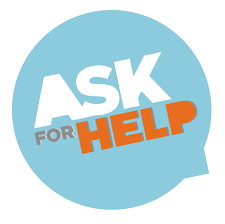How To Ask For Help
When we ask for help, we tend to unconsciously add unnecessary details that enhance our image, justify or even state a request instead. When asking for help, take the bass out of your voice, the stiffness out of your spine, and the captain out of your industry and just say, with sincerity and humility: "Can you help me?"
Few people, especially face-to-face, will ever say "no," even a stranger.
143
560 reads
CURATED FROM
IDEAS CURATED BY
A lot of problems would disappear if we talked to each other more than talking about each other.
The idea is part of this collection:
Learn more about communication with this collection
How to showcase your skills and experience
How to answer common interview questions
How to make a good first impression
Related collections
Similar ideas to How To Ask For Help
Tips To Better Ask For Help
- Demonstrate that you've tried to help yourself. Briefly explain what you've tried independently so they know you've tried to solve your problem for yourself before.
- Demonstrate that you've acted on the person's advice previously so they won’t be weary you might be wasti...
Read & Learn
20x Faster
without
deepstash
with
deepstash
with
deepstash
Personalized microlearning
—
100+ Learning Journeys
—
Access to 200,000+ ideas
—
Access to the mobile app
—
Unlimited idea saving
—
—
Unlimited history
—
—
Unlimited listening to ideas
—
—
Downloading & offline access
—
—
Supercharge your mind with one idea per day
Enter your email and spend 1 minute every day to learn something new.
I agree to receive email updates

